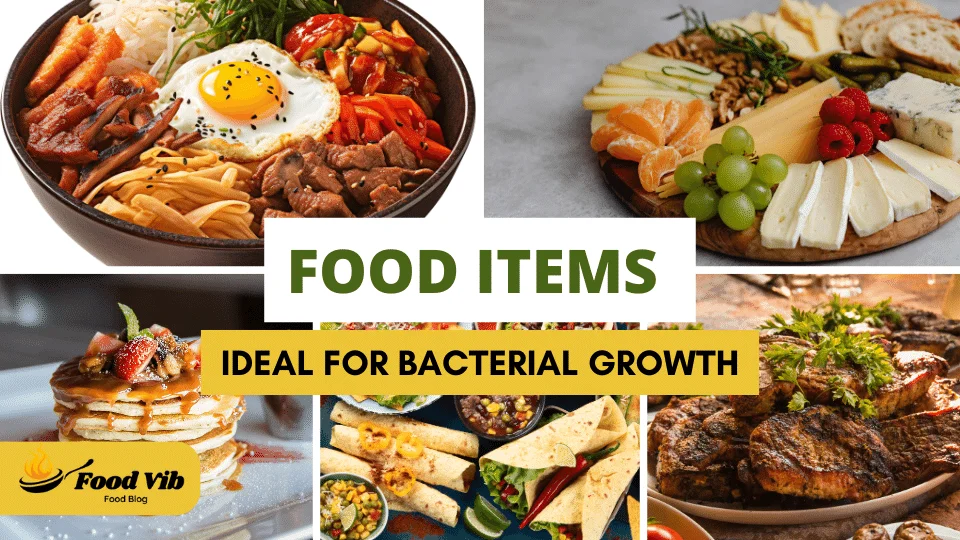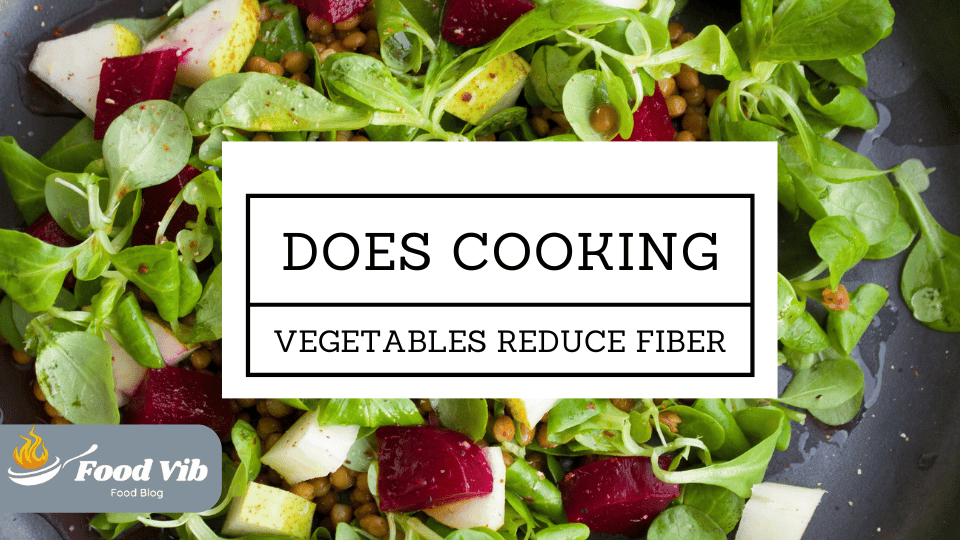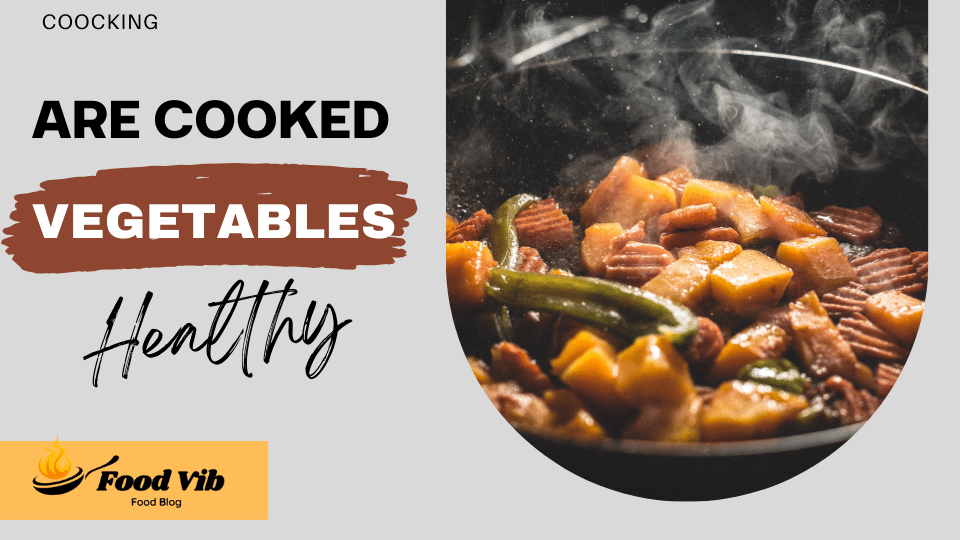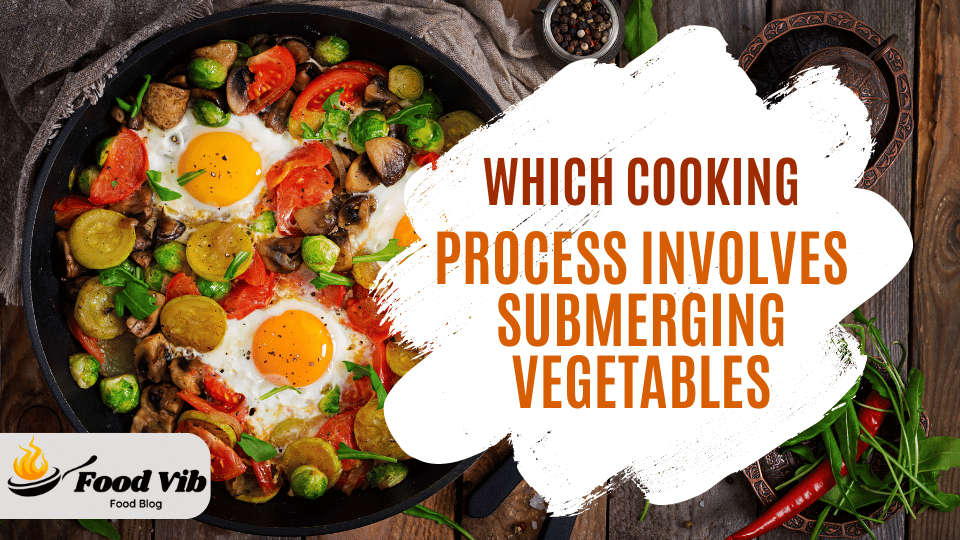Which Food Item Is Ideal for Bacterial Growth: Exploring

Foodborne illnesses are a serious problem in the United States, as stated in a knowledge article by the U.S. Department of Agriculture (USDA). According to the Center for Disease Control and Prevention, approximately 1 out of 6 Americans (or 48 million people) get sick, 128,000 are hospitalized, and 3,000 die from foodborne diseases annually.
Bacteria, microscopic organisms ubiquitous in our environment, can thrive in certain conditions, particularly in specific types of food.
In the intricate world of food safety, understanding which food items are ideal for bacterial growth is paramount.
This article aims to shed light on the food items that provide an optimal breeding ground for bacteria, empowering readers with the knowledge to make informed choices about food safety.

Exploring the Ideal Conditions for Bacterial Growth:
Bacteria growth on food depends on moisture, pH, temperature, and nutrients. Foods high in moisture, neutral pH, and ample nutrients favor bacterial proliferation.
Moreover, temperature plays a crucial role, with the danger zone ranging from 40°F (4°C) to 140°F (60°C).
According to the USDA, temperature control is crucial in preventing pathogen spread in food. Bacteria grow slow at low temps, fast in mid-range, and die at high temps. To ensure safety, keep perishables cold or cook at high temps to kill microorganisms.
Must Read: How to Cook Frozen Vegetables in Air Fryer
Identifying Ideal Food Items for Bacterial Growth:
Temperature control for safety (TCS) food Items are Ideal for bacterial growth.
TCS foods like:
Meat and Poultry:
Raw meat and poultry are ideal breeding grounds for bacteria like Salmonella, Escherichia coli (E. coli), and Campylobacter due to their high protein and moisture levels. Mishandling, inadequate storage, or undercooking can result in bacterial contamination, underscoring the necessity of proper cooking methods and refrigeration.
Dairy Products:
Dairy products, including milk and cheese, are nutrient-rich and prone to bacterial growth due to their moisture content. Without proper pasteurization and storage, they can harbor bacteria like Listeria, Salmonella, and E. coli. Ensuring correct refrigeration and sanitation practices is vital for safeguarding dairy items against bacterial contamination.
Eggs:
There is a risk of contamination with Salmonella when eggs are consumed raw or undercooked. These bacteria may be present on the eggshell or inside the egg. To minimize the risk of foodborne illnesses, it’s crucial to cook eggs thoroughly and practice proper handling, including refrigeration and hand hygiene.
Sea Foods:
Raw seafood, like fish and shellfish, fosters bacterial growth due to its high moisture content. Vibrio and Salmonella are prevalent bacteria linked to seafood-related illnesses. Ensuring proper storage, handling, and cooking of seafood is essential to reduce the risk of bacterial contamination and ensure food safety.
Cooked Grains and Rice:
Cooked grains and rice left at room temperature can breed bacteria like Bacillus cereus, potentially causing food poisoning. To prevent bacterial growth, refrigerate or promptly consume/reheat cooked grains and rice.
Empowering Food Safety Practices:
Armed with knowledge about the food items ideal for bacterial growth, individuals can take proactive steps to safeguard their health and well-being. Practicing proper food handling, storage, and cooking techniques is paramount in preventing foodborne illnesses associated with bacterial contamination.
Must Read: How to Cook Canned Vegetables
Conclusion:
Understanding which food item is ideal for bacterial growth is pivotal in promoting food safety and reducing the risk of foodborne illnesses. By recognizing the factors that contribute to bacterial proliferation in certain foods and adopting proactive food safety practices, individuals can enjoy safe and wholesome meals. Remember, prioritizing proper hygiene, storage, and cooking methods is key to mitigating the risk of bacterial contamination in the foods we consume.
FAQS ( Frequently Asked Questions )
Bacteria grow best at which pH level?
Bacteria typically grow best in neutral to slightly acidic pH levels, ranging between 6.5 and 7.5, facilitating optimal growth conditions for many common foodborne bacteria.
Which bacteria can grow in acidic pH?
Acidophilic bacteria, including Lactobacillus and Leuconostoc species, thrive in acidic pH environments commonly found in fermented foods like yogurt and sauerkraut.
Which bacteria prefer acidic environments?
Lactobacillus bacteria prefer acidic environments, thriving in pH conditions typically below 4.5.
How does pH affect bacterial growth?
pH levels influence bacterial growth by affecting the availability of hydrogen ions; bacteria thrive within specific pH ranges, with extremes inhibiting growth. Maintaining optimal pH is crucial for controlling bacterial proliferation in various environments.





